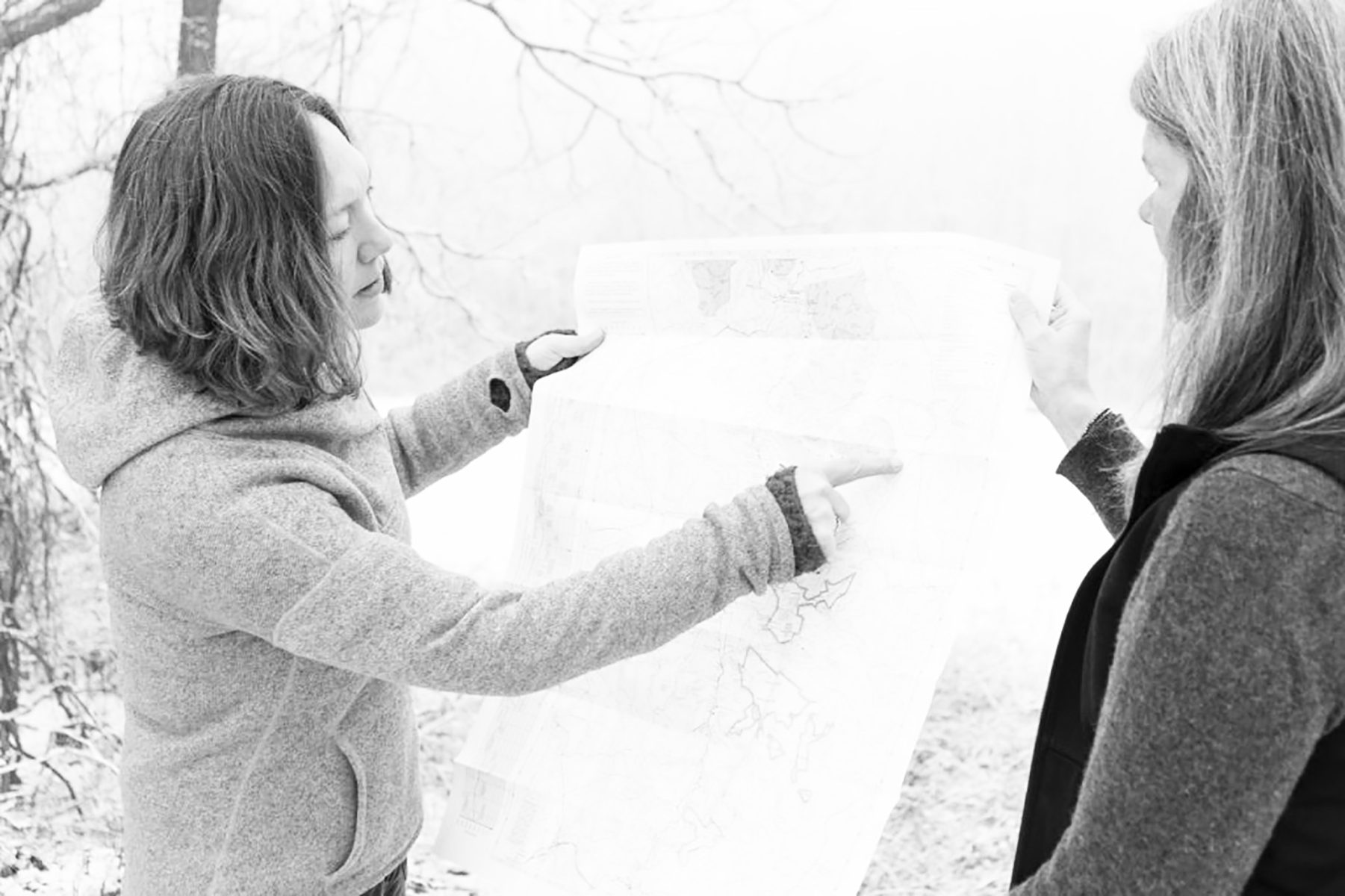
By Jenny Kincaid Boone
From working with Appalachian communities to examining issues of displacement for refugees, two Virginia Tech faculty have made it their life and scholarly mission to recognize the people that society often overlooks.
Now a prestigious national foundation is giving them significant resources to tell the hidden historical stories of communities throughout Southwest Virginia, an opportunity to put their passion into action.
Emily Satterwhite and Katrina Powell received a $3 million grant from the Andrew Mellon Foundation for a three-year project to work with communities across the state’s Appalachia region to commemorate neglected histories.
Their project, Monuments Across Appalachian Virginia, is part of a $250 million initiative that the New York-based nonprofit foundation launched in 2020 to support public projects across the United States. The focus of the foundation’s Monuments Project is to commemorate stories of populations that have been denied historical recognition.
The foundation, with an endowment of approximately $8.2 billion in 2020, awards grants in four areas: arts and culture, humanities in place, public knowledge, and higher learning.
Examples of other Monuments Projects across the country include the completion of Freedom Park in North Carolina, which honors the history of Black North Carolinians, and the expansion of artist Judith Baca’s Great Wall of Los Angeles, a large mural depicting the city’s history.
Now, Virginia Tech joins the work to recognize Appalachia.
“There’s so much attention right now to monuments, what’s out there and what stories they tell and what other stories deserve to be told,” said Satterwhite, an associate professor and director of Appalachian Studies in the Department of Religion and Culture. “People are already talking about what’s been hidden that needs to be made visible and to be passed on to the next generation, and what stories might otherwise be lost.,” Satterwhite said. “We are telling more complex stories about Appalachia and its history to help people reimagine it not as a white, static, simple, rooted place but as dynamic, with migration being central to its story and many groups of people being central to its story.”
